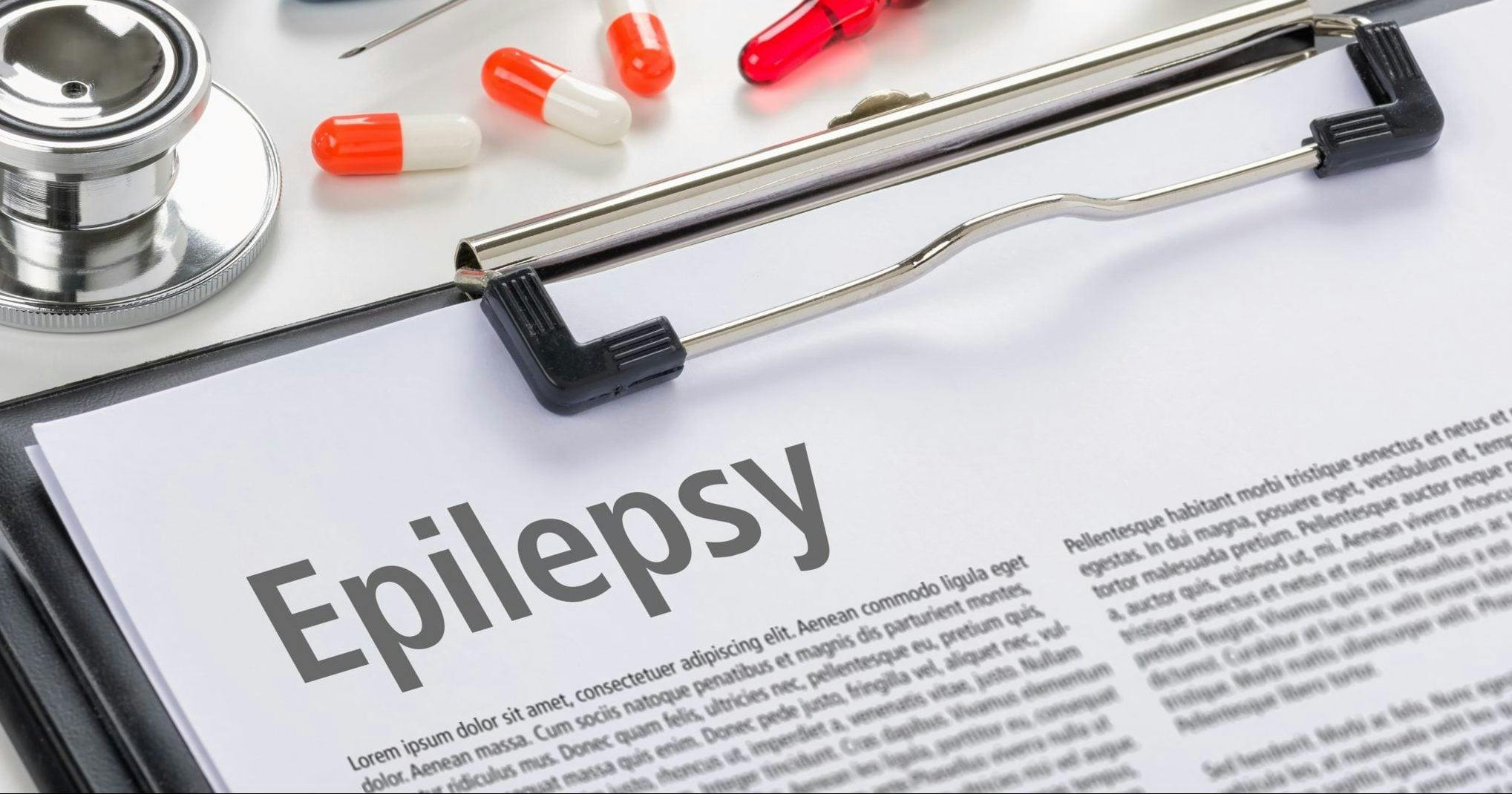
2023-07-31T14:29:37
What Parents Should Know About Pediatric Neurology: A Neurologist’s Guide to Common Conditions and Treatments
- Neurology
- Pediatrics
April 18, 2017 | Neurology
Specialties:Neurology

Epilepsy, a group of neurological disorders related to seizures, can affect people of all ages and there are about 65 million cases around the world. Understanding epilepsy also includes understanding seizures and how they affect the body. Here’s a look at seizures, how they relate to epilepsy and how epilepsy can be treated.
A seizure is defined by the Epilepsy Foundation as a “sudden surge of electrical activity in the brain.” It generally causes noticeable changes to behavior while it’s taking place, including an apparent loss of cognition.
Not all seizures are necessarily symptoms of epilepsy, however, and not all people who appear to have seizures have epilepsy. There are two types of seizures that aren’t generally related to epilepsy:
Roughly half of the people who have one seizure without a known cause will have another, usually within six months. After two seizures, the chances of another are closer to 80 percent.
There are a few different types of seizures that might be present in people who have epilepsy:
Generalized onset seizures affect both sides of the brain, or can affect cells on both sides of the brain simultaneously. These can also be referred to as grand mal seizures. Their symptoms include:
Focal seizures begin in one area of the brain. If the person is awake and aware during the seizure, it’s called a focal onset aware seizure—when they’re confused or not fully aware, it’s called a focal impaired awareness seizure. Symptoms vary depending on these and other factors, but they can include:
Also called petit mal seizures, these are brief seizures accompanied by blank stares, or repetitive blinking and small movements. They’re most common in children, and may occur multiple times a day.
This is a name for seizures with which the cause is not known, often because they aren’t witnessed by anyone. These can be re-classified later if more information is learned.
Only a minority of cases have clear causes of epilepsy, generally those involving an injury to the brain. Other causes may include:
Exact causes are unknown in about 70 percent of cases in adults and children. However, there are certain factors that can incite seizures in people who do have epilepsy—these are triggers that epilepsy patients should look to avoid where possible.
Treatment for epilepsy and seizures varies depending on several individual factors, which you’ll discuss with a doctor. There are a few general goals of most epilepsy treatments, both for patients themselves and their close family members:
If you or your child experience seizures, or if you notice other symptoms of epilepsy, speak to your doctor about the proper approach.
“About Epilepsy: The Basics.” Epilepsy Foundation. http://www.epilepsy.com/learn/about-epilepsy-basics
“Epilepsy Overview.” WebMD. http://www.webmd.com/epilepsy/guide/epilepsy-overview-facts
WRITTEN BY:
The Live Better Team

2023-07-31T14:29:37

2019-10-15T15:29:00

2019-06-24T09:40:36

2018-06-27T12:00:38
This information is not intended to replace the advice of a medical professional. You should always consult your doctor before making decisions about your health.